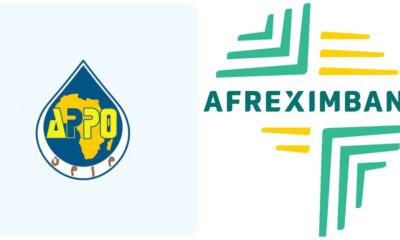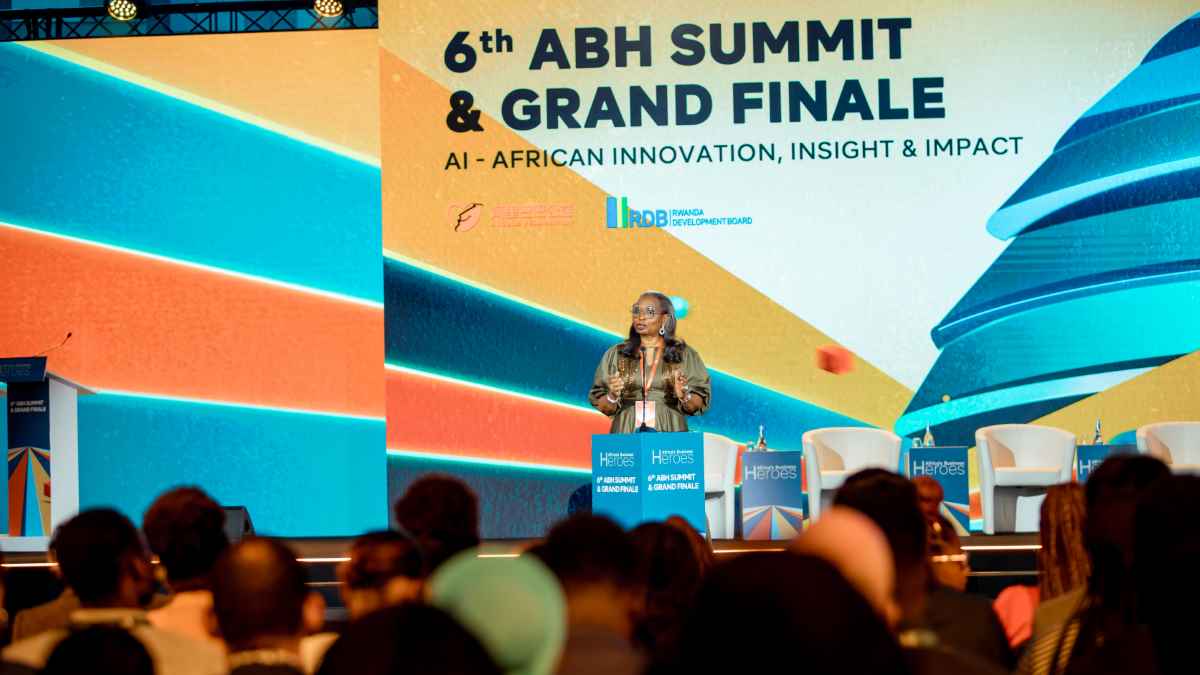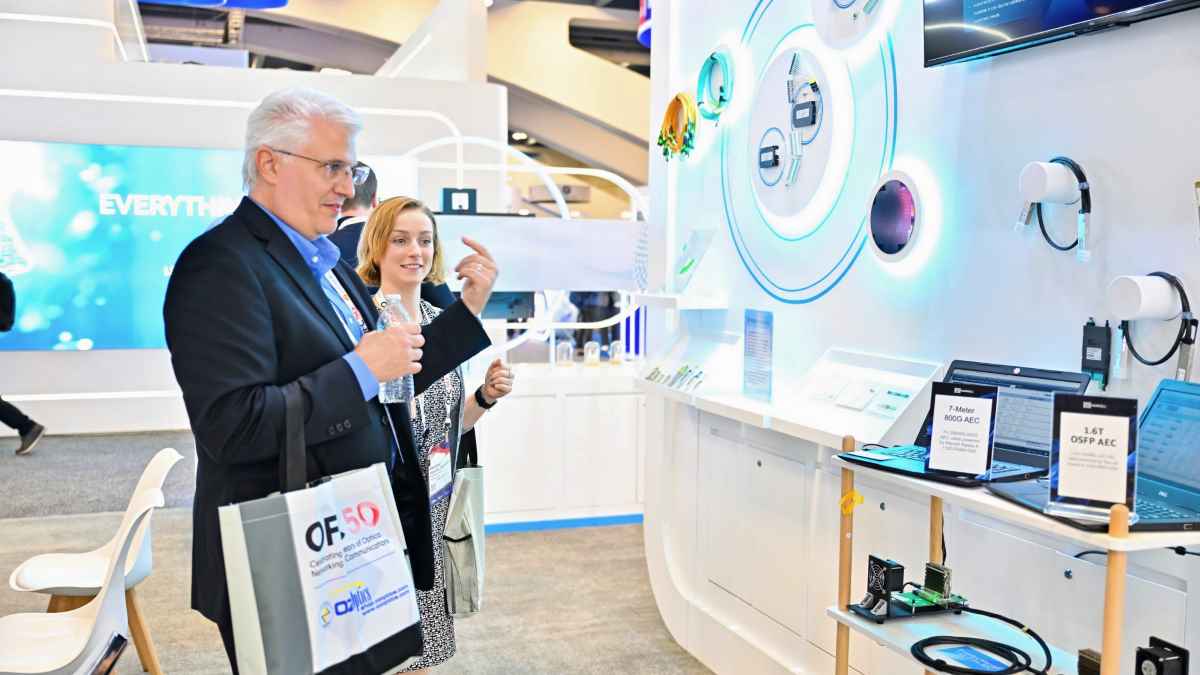BEIJING, CHINA – Media OutReach Newswire – 28 August 2024 – As a pioneer in high-quality development for the new era, Beijing E-Town (BDA) is seizing the opportunity to lead the development of the embodied intelligent robot industry. The plan is to build a domestically leading and internationally first-class demonstration city for the embodied intelligent robot industry in two steps.
“By the end of 2026, we aim to achieve full coverage of over ten interactive service application scenarios, attract more than 100 innovative enterprises, gather over 1,000 high-end talents, and reach a mass production capacity of 10,000 embodied intelligent robots. By 2030, we plan to create an embodied intelligent robot innovation ecosystem characterized by ‘full-chain layout, full-stack autonomy, and comprehensive empowerment,’ establishing Beijing as a strategic base, a technological origin, an application demonstration, and a main industrial hub for embodied intelligent robots in China,” stated Kong Lei, Deputy Secretary of the Party Working Committee and Director of the Administrative Committee of the Beijing Economic-Technological Development Area (BDA), during the main forum on “Industrial Development” at the World Robot Conference 2024 (WRC 2024) on August 22.
To achieve the development goals of the demonstration city, Beijing E-Town will implement the “Five Priorities” plan. In terms of advancing key technologies, Beijing E-Town will focus on critical areas such as the “brain,” “cerebellum,” and “limbs” of embodied intelligent robots. It will support key enterprises in strengthening collaborative research on disruptive and leading technologies, accelerate the construction of an innovative industrial technology system, and seize the high ground in embodied intelligent robot technology.
To this end, Beijing E-Town will create an internationally competitive embodied intelligent “brain,” supporting robot companies in collaboration with AI enterprises to conduct research on key technologies of general-purpose large models in the field of embodied intelligent robots. It aims to develop an AI-based general-purpose model that integrates perception, decision-making, and control, achieving internationally advanced levels in task decomposition, execution task quantity, parameter quantity, and robot task capabilities.
Simultaneously, it will develop a globally leading motion control “cerebellum,” accelerate the development of full-body dynamics control algorithms for embodied intelligent robots, continuously improve the control accuracy of high-dynamic walking, and focus on breakthroughs in key technologies such as dynamic arm grasping, agile operations, and full-body coordinated motion control. Furthermore, it will expedite breakthroughs in integrated hardware-software visual technology.
Additionally, the initiative will deepen the systematic layout of critical “machine limbs,” engage in specialized R&D on high-strength, high-integration bodies, lightweight skeletons, high-precision sensors, and more to achieve internationally leading performance parameters. It will focus on critical components like high-performance dedicated chips, servo motors, and reducers to accelerate core technology breakthroughs, continuously improve the technical innovation system, build an efficient collaborative joint research mechanism, and encourage leading enterprises to form innovative consortia, leading upstream and downstream institutions in collaborative research.
Regarding core product advancements, Beijing E-Town will prioritize key products such as whole machines, core components, and software systems, accelerating the industrialization breakthrough of several essential foundational products, and constructing a three-dimensional product matrix of “whole-zero coordination” and “software-hardware integration.” In April this year, the general-purpose humanoid robot platform “Tiangong” was launched in Beijing E-Town, achieving the world’s first humanoid running with a full-sized pure electric humanoid robot.
Continuing to lead the industry, Beijing E-Town aims to develop high-performance whole machine products, establish the world’s first general-purpose embodied intelligent robot “hardware mother platform” and the first multi-capability embodied intelligent “software mother platform.” It will focus on typical fields such as 3C electronics manufacturing and new energy vehicle production, encouraging leading enterprises to develop low-cost interactive, high-precision, and high-reliability embodied intelligent robot whole machine products for extreme environments.
Moreover, it will guide enterprises in focusing on key components such as dedicated sensors, high power density actuators, controllers, and dedicated chips. Additionally, leveraging the leading role of the innovation highland in the information technology application innovation industry, it will develop a specialized operating system for embodied intelligent robots, and expedite the industrialization breakthrough of several essential foundational products.
From innovative achievements to practical implementation, application scenarios have always been a strong suit of Beijing E-Town. At the Xiaomi automobile factory, over 700 robots serve on the production line, and the country’s first certified AI catering robot has been deployed on the streets; the waterjet surgical robot won the 2024 World Intellectual Property Organization Global Award… “Robotics+” has become the norm here.
Moving forward, Beijing E-Town will advance the “first in application scenarios” strategy, leveraging its strong manufacturing base and diverse industrial application scenarios. It will explore the establishment of a composite layout for embodied intelligent robot applications in urban and industrial settings, take the lead in opening a batch of innovative application scenarios, continuously promote the matching of supply and demand in these scenarios, create a permanent robot exhibition hall, and build a city-level engineering test field. By increasing incentives for first-time applications and solutions, Beijing E-Town aims to provide strong support for the rapid deployment of “embodied intelligent robot+” application scenarios.
The area will precisely identify the needs of various fields such as manufacturing, livelihood, special equipment, and more, conducting application demonstrations in “embodied intelligent robots + industry,” “embodied intelligent robots + elderly care,” “embodied intelligent robots + emergency response,” “embodied intelligent robots + education and entertainment,” and “embodied intelligent robots + specialized fields.”
In terms of “leading” in the corporate hierarchy, Beijing E-Town will focus on nurturing leading enterprises in the embodied intelligent robot industry, supporting a group of companies that play a leading role in the embodied intelligent robot industry chain. It will gather leading enterprises with core technologies and independent intellectual property rights and cultivate innovative small and medium-sized enterprises (SMEs), promoting the integrated development of large, medium, and small enterprises and fostering the growth of embodied intelligent robot companies.
Beijing E-Town will also implement an “industry ecosystem pioneering” plan, closely aligning with the entire development needs of the industry chain, enhancing data, platforms, services, and capital resources, and continuously creating an environment that attracts talent from near and far. The goal is to build the largest and most information-dense open-source embodied intelligent dataset in the industry, a phased open-source sharing model, and a “rainforest-style” full-industry-chain ecosystem for embodied intelligent robots characterized by “resource coordination, element aggregation, and innovative collaboration.”
Kong Lei explained that, as the permanent venue for the World Robot Conference, Beijing E-Town has established the “Five Ones” working mechanism: “one park, a batch of platforms, one center, one fund, and a group of talents,” to accelerate the construction of a national hub for the robotics industry.
At last year’s World Robot Conference, Beijing E-Town released a three-year action plan for high-quality development of the robotics industry. Guided by this plan, Beijing E-Town has accelerated the aggregation of innovative elements, significantly improved innovation capabilities, fully released innovative vitality, and continuously strengthened innovation entities.
To date, it has more than 100 robot ecosystem enterprises, over half of which are specialized and innovative enterprises, with a total output value of nearly 10 billion yuan, accounting for 50% of the city’s robotics industry. It has achieved independent control over key components such as precision reducers and high-performance servo starters and made innovative breakthroughs in products like specialized intelligent drilling machines.
Particularly in the embodied intelligent robot industry, Beijing E-Town has focused on building high-energy innovation platforms represented by the Beijing Embodied Intelligence Robot Innovation Center and has established leading companies such as UBTECH, along with key component companies like Chietcom, Tsino-Dynatron, and Lingzu Times, essentially forming a complete embodied intelligent robot industry chain that covers core components, main bodies, and applications.
Kong Lei stated that as the main hub for high-end industries in Beijing, Beijing E-Town has established the “44637” development framework, which includes four national strategies as its guidance (focused on building a national highland for the integrated circuit industry, continuously creating the world’s first high-level autonomous driving demonstration zone, constructing a high-quality national information technology application innovation base, and establishing the country’s first data infrastructure pilot zone at a high standard). It also consolidates and strengthens four leading industries (new-generation information technology, new energy and intelligent connected vehicles, biotechnology and big health, robotics and intelligent manufacturing), comprehensively deploys six future industries (future information, future health, future manufacturing, future energy, future materials, and future space), enhances three integration empowerments (digital-physical integration, industrial-financial integration, and cultural-scientific integration), and builds seven support systems (industrial organization, innovation cultivation, resource guarantee, talent services, open collaboration, urban vitality, and party leadership).
Moving forward, Beijing E-Town will consistently adhere to the principle that “what the country needs is what E-Town will do, what enterprises need is what E-Town will facilitate, and what talent needs is what E-Town will provide.” With a more open stance, more precise policies, more efficient services, higher-quality ecosystems, and a more sustainable environment, Beijing E-Town aims to provide comprehensive, full-process, and all-element support for talent investment, business development, and enterprise innovation.

 Business4 days ago
Business4 days ago
 Business4 days ago
Business4 days ago
 Business4 days ago
Business4 days ago
 Business4 days ago
Business4 days ago
 Business4 days ago
Business4 days ago
 Business4 days ago
Business4 days ago
 Business3 days ago
Business3 days ago
 Business3 days ago
Business3 days ago















